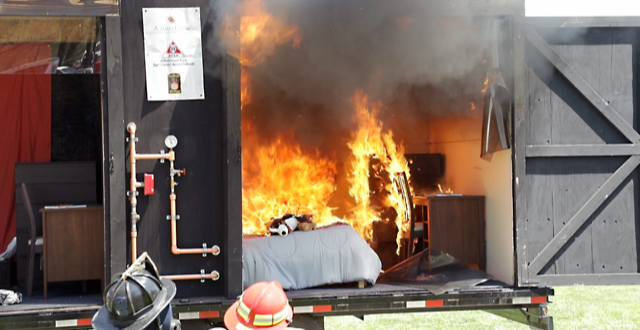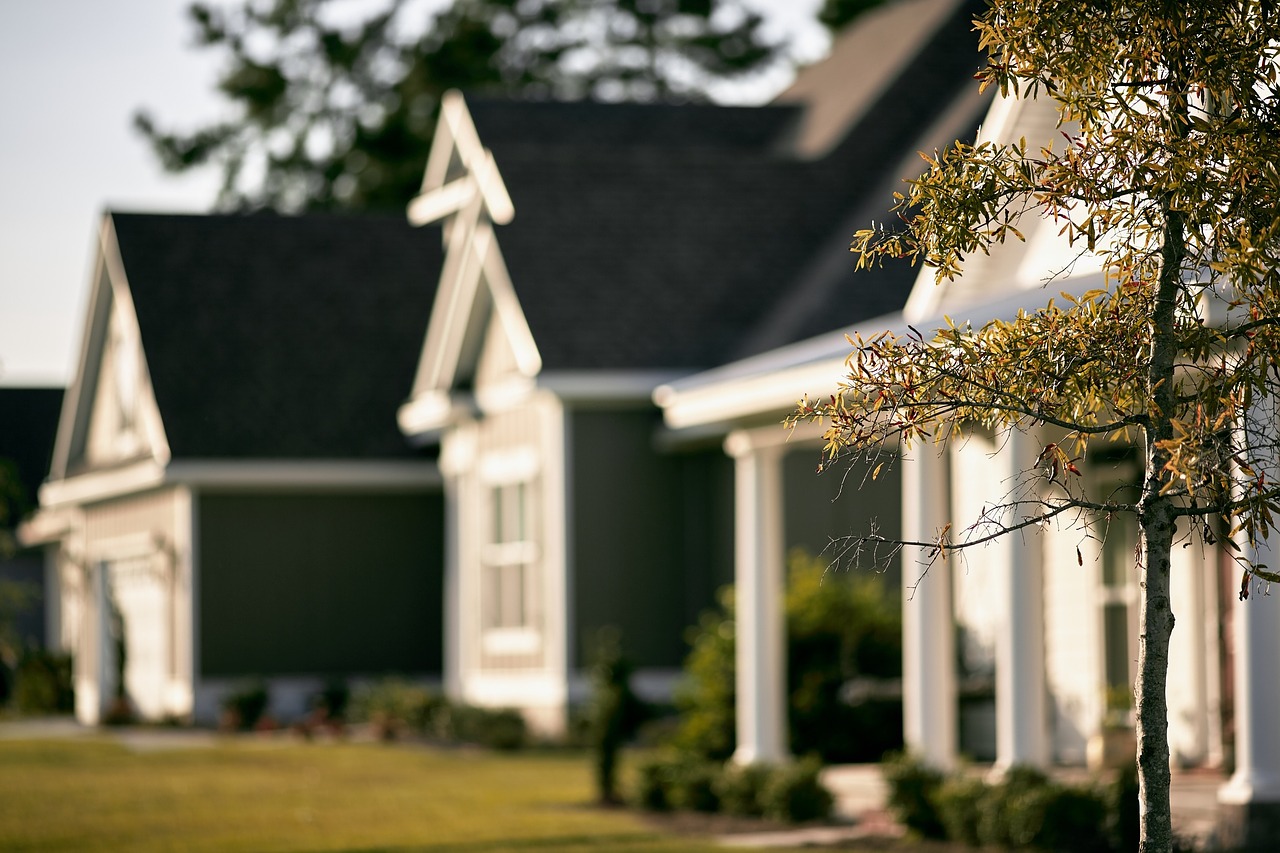For every tool that we use in the fire service, there is a responsibility to train with it. If we are to maximize the role of automatic fire protection systems in residences, they must be incorporated in the training plan also. Failure to do this can result in misuse of built-in fire appliances. Let’s talk, for example, about sprinkler systems and standpipes. They are put into residences to improve the ability of the firefighter to bring control to fire more effectively and efficiently. If they were required by mandate, there is an implied responsibility to train all personnel in the most effective and efficient use of the technology.
Yet, very few fire departments spend a great deal of time training on sprinkler technology. It should be required that if you have a sprinkler ordinance in your city, then the fire suppression operations personnel need to practice numerous skill sets associated with that sprinkler technology. This means that the training division should have a series of training props based upon skills involved in using sprinkler systems.
In my travels, I have seen hundreds of training towers. A percentage of them have a built-in sprinkler system in the tower which is highly desirable. On the other hand, there are numerous training towers that lack sprinkler system installations. This is one of the most fundamental props that a training chief should focus on if the department is to be adequately trained to support the sprinkler system.
But having your drill tower serviced by automatic sprinklers still leaves certain training scenarios that need to be explored. For example, there needs to be a prop built into the system that will challenge the firefighter to shut off the water flow using sprinkler stop devices. These props can be on the interior of the training structure or they can be free standing props. If you type in Google search “fire sprinkler props” you will find several websites that provide images and YouTube video of the presentation of the material.
If your community has adopted residential sprinklers, then your prop inventory should include a side-by-side training prop where the community can have a chance to see a difference in a room being protected by sprinklers and a room that is unprotected. The Home Fire Sprinkler Coalition1 is an excellent place to collect basic information in the sprinkler demonstration kit.
If you type in the words “side-by-side sprinkler test” on the internet, you will find several websites that provide video graphics. For example, the National Fire Protection Association (NFPA) has a site that demonstrates a fire that totally destroys an unsprinklered room during a live, side-by-side demonstration at NFPA headquarters in Quincy, Massachusetts, on November 3, 2011. In another video, the room outfitted with a single sprinkler head, the sprinkler activated after 20 seconds and quickly brought down the flames.
Another fact that remains is that the residential occupancy is where the majority of our fire losses continue to occur. This points to the phenomena that we have an ongoing struggle to convince society of this reality. This is all the more reason why individuals and organizations must continue public relations efforts to educate Authorities Having Jurisdiction (AHJs). Many battles have been fought to get to where we are today and there remain a number of battles left in the future.
As each generation of leaders evolves in the fire service, they will either become an advocate or an adversary of residential fire protection. The question you must ask and answer is where do you fall on the spectrum of advocacy? Hopefully, your efforts will be successful in addressing the existing residential fire problem.
The last point to be made about residential sprinkler technology is that it is evolving in concert with other built-in solutions that affect firefighting operations. A good example of that is that many communities are now mandating solar power to be part of all new construction.2 This is a very expensive technology that has impacted the manner in which the fire service can ventilate fires. Going to the roof to ventilate when a home is covered with panels, is fraught with another set of dangers. Society is better served by having built-in fire protection when other technologies are incorporated.
In summary, we need to do everything in our power to use residential sprinkler technology as part of our fire operations program. Every effort should be given to integrating the decision to sprinkler with the decisions to operate on a scene of a fire. Your efforts may do more to save lives and property than any other single decision.
REFERENCES:
1. homefiresprinkler.org/fire-sprinkler-demonstration-kit/
2. psmag.com/environment/california-becomes-the-first-state-to-make-solar-panels-mandatory
 ABOUT THE AUTHOR: Ronny J. Coleman is currently the president of Fireforceone. He is a past president of the IAFC and CFAI. Over his lifetime, he has received numerous awards including the AFSA’s 1989 Henry S. Parmelee Award, the 2011 Mason Lankford Award from the Congressional Fire Services Institute, and the Tom Brennan Lifetime Achievement Award from Fire Engineering in 2014. He continues as a contributor to the fire service in many ways.
ABOUT THE AUTHOR: Ronny J. Coleman is currently the president of Fireforceone. He is a past president of the IAFC and CFAI. Over his lifetime, he has received numerous awards including the AFSA’s 1989 Henry S. Parmelee Award, the 2011 Mason Lankford Award from the Congressional Fire Services Institute, and the Tom Brennan Lifetime Achievement Award from Fire Engineering in 2014. He continues as a contributor to the fire service in many ways.
 Sprinkler Age A Publication of the American Fire Sprinkler Association
Sprinkler Age A Publication of the American Fire Sprinkler Association

